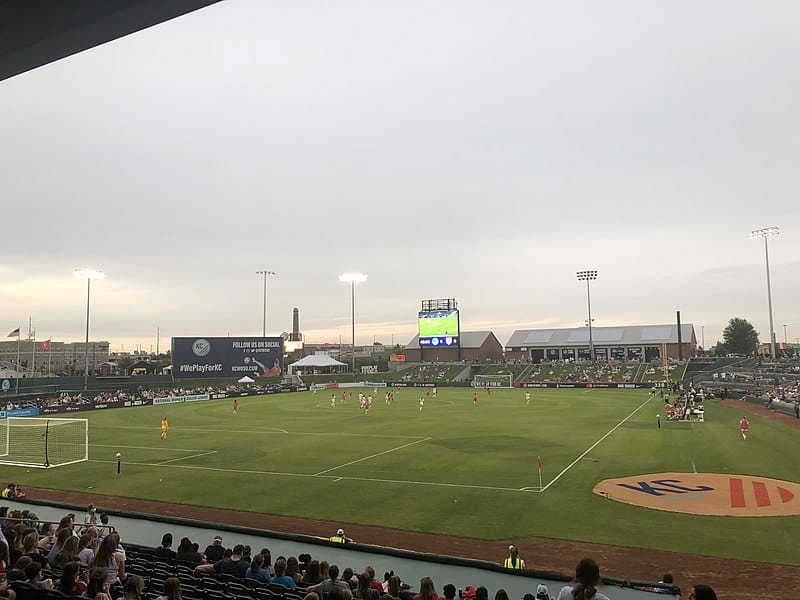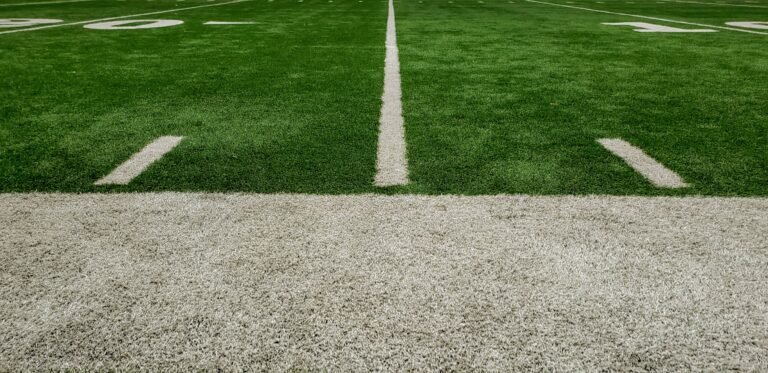
Alex Blutman is a student at Harvard Law School and a member of the Labor and Employment Lab.
In 2015, former National Women’s Soccer League player Mana Shim filed a misconduct complaint with the Portland Thorns regarding head coach Paul Riley. After an investigation, which was shared with the league, the team declined to renew Riley’s contract, although Riley was rehired elsewhere. Six years later, Riley has been dismissed from the league after Shim and another former player, Sinead Farrelly, came forward publicly in a report by The Athletic, a sports journalism website, detailing allegations of sexual coercion and emotional abuse. Shim’s and Farrelly’s revelations punctuated a season of upheaval in the NWSL, where a player-led movement not only exposed, but targeted, a toxic workplace culture. This story is about systemic abuse and institutional failure, but also about how NWSL players, whose union, the NWSLPA, was officially authorized in 2018 and is amid its first collective bargaining negotiation, have leveraged their solidarity and power as workers to drive an emergency response to crisis.
Before 2021, the 9-year-old NWSL had no anti-harassment policy, despite players’ knowledge of a systemic problem. As superstar Alex Morgan explained, when she helped Shim file her initial complaint against Riley, “there was no anti-harassment policy…league HR…anonymous hotline…[or] way to report…we’ve now started to put these things in place, by demand of players.” The NWSL implemented its first anti-harassment policy in April only after a letter to the commissioner prepared by 240 players demanded the league ensure safe and inclusive workplaces. Shim and Farrelly immediately contacted the NWSL to request a new investigation into Riley but were told that Shim’s 2015 complaint was investigated to conclusion. Following The Athletic’s report, the NWSL’s commissioner and general counsel resigned.
This season alone, leaders at five of the league’s 10 teams have been dismissed for alleged sexual misconduct, verbal abuse, or racist remarks. In Washington, Spirit players demanded that co-owner Steve Baldwin sell his stake after the head coach was fired for abusing players (initially, the team misleadingly announced he was resigning for health reasons). Baldwin decided to step aside as CEO and managing partner, earning a sharp rebuke from Spirit players who insisted that he relinquish all management control and sell the team to co-owner Y. Michele Kang. In Portland, Thorns players released a set of demands to which the team acquiesced within an hour, putting the general manager on administrative leave pending the results of an independent investigation.
Sexual misconduct is common in women’s sports, where, early on, a power imbalance develops between young female players and the grown men coaches they see as “supreme [authorities]” and “gatekeeper[s] to sporting success.” Low pay in the NWSL further fosters a situation in which abuse can flourish. Research shows that industries with low-paying jobs have the highest rates of sexual harassment charges. Julie Goldscheid, a law professor who studies gender, violence, and economic equality, contends that inadequate wages disempower women workers, making them less likely to come forward after experiencing gender-based violence. In some cases, the simple reality of economic insecurity prevents women from leaving unsafe jobs and advocating for workplace changes. While pay inequity and sexual harassment “have often been presented as independent symptoms of a sexist culture,” as the TIME’S UP Foundation puts it, “these dynamics are mutually reinforcing.” This relationship underlines the notion that addressing workplace abuse and harassment will take more than just behavioral guidelines and penalties, but also pay equality that gives workers power and voice.
75% of NWSL players earn $31,000/year or less, and they recently launched a “#NoMoreSideHustles” campaign to bring attention to pay inequity. Although the NWSLPA won’t disclose the terms for which it is currently negotiating, the union’s Executive Director, Meghann Burke, has expressed that the goal is to reach an agreement where players don’t have to work multiple jobs to make a living. “We are in a strong position to pay these players a fair wage. And more than a fair wage, it’s time to respect the dignity of work and the autonomy of women,” Burke told CNBC.
The fledgling union has further helped concentrate and amplify players’ voices. Informal discussion initiated by the players upon the NWSL’s inception led to the PA’s official formation in 2017 and its voluntarily recognition by the league a year later. The NWSLPA represents only “non-allocated” players, whereas “allocated” players belong to their national team unions, with salaries paid by their national federations. This technical distinction obscures how the two groups have manifested solidarity—the U.S. Women’s National Team Players Association guided the NWSLPA through its early existence; Alex Morgan, a USWNT star, has been one of the most outspoken players on NWSL issues; and NWSL players believe that the USWNT’s equal pay fight is tied to their own compensation objectives.
Over the past month, the NWSLPA has directed an assertive response to the workplace misconduct crisis. On October 1st, one day after The Athletic’s report, the union asked the NWSL to postpone that weekend’s games, a demand that the league met. When games returned, players engaged in a demonstration of solidarity, stopping play during the 6th minute in recognition of the six years it took for Shim and Farrelly to be heard and refusing to answer any questions during postgame pressers unrelated to abuse and systemic change in the NWSL.
On September 30th, the union released a statement and set of demands in support of the players, imploring the league to “act swiftly to implement changes that would protect current and future players…right now in our first contract negotiation.” Shortly thereafter, the NWSLPA expanded its list of demands, stipulating that, among other things, league representatives voluntarily submit to a union investigation; the NWSL implement a “Step Back Protocol” requiring the suspension, pending an independent inquiry, of any team executive of a club with a coach under investigation for abuse; and the league permit NSWLPA representatives to have a meaningful role in the commissioner selection process. By October 29th, the NWSL had agreed to each of the union’s demands. The players’ nascent organizing—defined by clear priorities and a unified voice—helped them meet this moment, in which they were not only agitators, but instrumental in directing policy in the vacuum left by the league.
With bargaining ongoing, the players continue to steer the league’s direction, as the union has prioritized safe working environments in recent negotiations, and they are engaged. Over the summer, players attended every bargaining session and, in one instance, had more than 25% of their unit at a single session, while not one owner of the league’s 12 teams attended. While in non-sports contexts it is not unusual for company ownership to not be involved in day-to-day bargaining, owners themselves have come to the table in the NFL and the MLS, the men’s domestic soccer league. Since the sexual misconduct revelations, team owners have displayed a new sense of urgency, arriving at the bargaining table personally for the first time. It’s clear that the players themselves will bring meaningful, expansive reform to the NWSL. It’s the players who responded boldly to a monumental crisis, and, as former Washington Spirit player Kaiya McCullough puts it, “it’s the players who are burdened with fixing soccer.”









Daily News & Commentary
Start your day with our roundup of the latest labor developments. See all
December 22
Worker-friendly legislation enacted in New York; UW Professor wins free speech case; Trucking company ordered to pay $23 million to Teamsters.
December 21
Argentine unions march against labor law reform; WNBA players vote to authorize a strike; and the NLRB prepares to clear its backlog.
December 19
Labor law professors file an amici curiae and the NLRB regains quorum.
December 18
New Jersey adopts disparate impact rules; Teamsters oppose railroad merger; court pauses more shutdown layoffs.
December 17
The TSA suspends a labor union representing 47,000 officers for a second time; the Trump administration seeks to recruit over 1,000 artificial intelligence experts to the federal workforce; and the New York Times reports on the tumultuous changes that U.S. labor relations has seen over the past year.
December 16
Second Circuit affirms dismissal of former collegiate athletes’ antitrust suit; UPS will invest $120 million in truck-unloading robots; Sharon Block argues there are reasons for optimism about labor’s future.